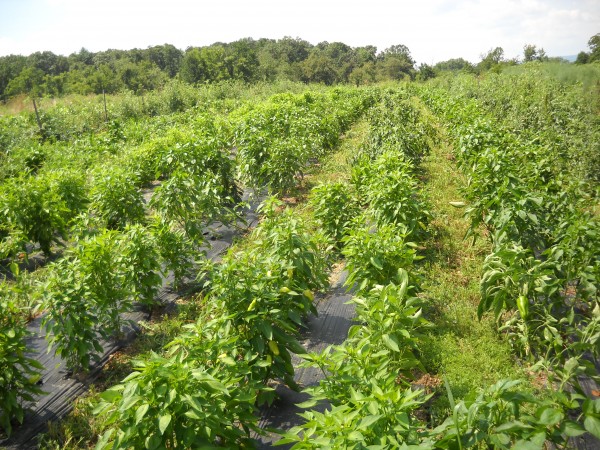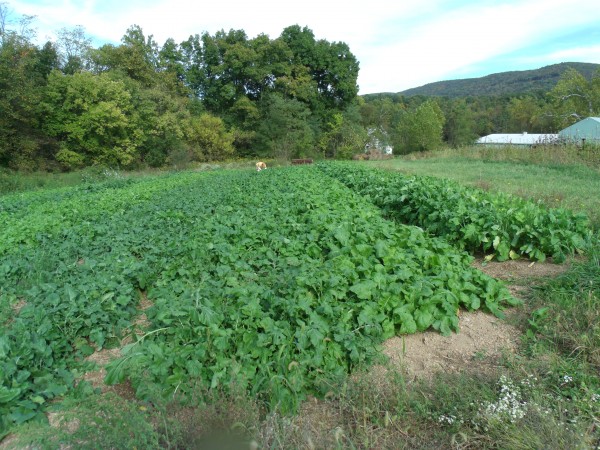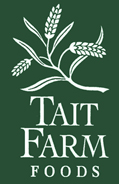-

Erin Donahue -

Christina Barkanic -

Brittany Trott -

Emily Wiley -

Jessica Reilley -

Chris Raines -

Will Nichols -

Emily Reddy -

Michele Marchetti -

Michele Frank -

James Gherardi -

Kit Henshaw -

Christina and Erin -

Kim Tait -

Erin McKinney -

Steve Spanelli -

Sam Komlenic -

Katherine Taylor Grofic -

James Eisenstein -

Jamie Oberdick -

Anna Lombardo -

LacCreta Holland -

Tony Ricci -

Local Food Journey -

Laura Young -

Kristin Camplese -

Harrison's Fresh + Local -

Danielle Matalonis -

Kristine A. -

Linda Weaver -

Naomi Elle Schwartz -

Dana Stuchul -

Cara McShane -

Brittany Smith -

Jessica Illuzzi - Frosty
-

Jessica Paholsky -

James Sechrengost -

Brad Yeckley -

Maya Althouse -

Jordan Reabold -

Kim Chase -

Maria Bryant - Alexandrea Scott
My Local Food Fantasy Revisited Part IV
Posted by James Eisenstein on 08/19, 2013 at 06:59 AM

I’ve been revisiting my 2011 “Local Food Fantasy†piece describing how much of what we eat could be produced locally. The last installment described how the growing demand for local food can be accelerated. Here I want to explore the question of how supplies might rise to meet increasing demand.
Conventional economics teaches that if demand increases, supply will magically rise to meet it over time. But it isn’t so simple and it won’t happen automatically. How much supply can be increased, and how quickly, depends on whether our existing farmers are able to increase production and whether new producers will emerge.
Unless existing farmers selling locally can stay in business, it’s “game over†for increasing supply. It is easy to overlook this fundamental fact and assume that the people you see selling at farmers markets and running harvest share (CSAs) programs are here to stay. Well folks, the fact is that with a few exceptions, most local producers who try to farm full time are barely making it, losing a little some years, making a (very) little other years. Others are retired from other occupations or produce a little bit in their spare time. They will not be around much longer, and their willingness and capacity to grow more is limited.
Current local producers are understandably unwilling to plant more than they think they can sell, especially if they know only that they will have the opportunity to submit a bid that more than likely will not be the lowest bid received. The policies of high volume purchasers like Penn State and other institutions need to recognize this. And planting more isn’t just a question of taking fewer days off. Our local farmers are working at the limits of their strength and available time, so increasing production means finding and affording additional help, equipment, and other inputs.
Local producers are equally reluctant to try growing products not currently produced locally like organic soy beans, wheat, spelt, or rice without knowing they can sell them at a fair price. This can only happen if new outlets for these products such as a food coop can guarantee a market and fair price.
If existing producers are prospering, new growers will be encouraged to go into farming for the local market, but they will need help. Young people wishing to produce for local consumption rarely can afford to buy good farm land, so they would have to lease it from groups of citizens committed to local food or from existing landowners with idle or excess acreage. And under the right conditions, more of our existing conventional farmers might be enticed to convert some of their production for local consumption.
There are formidable obstacles to be overcome before the supply of local food can increase to meet a rapid rise in demand. But thanks to our fertile soils and skilled growers the supply of locally grown food can increase dramatically. It is beginning to happen, and informed and committed consumers can make it happen sooner.
![]() Author: James Eisenstein
Author: James Eisenstein
Bio: Unpaid Field Hand at Jade Family Farm | Former Penn State Professor
- Our Local Food Journey comes to an end
- Winter isn’t a quiet time at the farm
- Get the taste of garden season right now by growing herbs indoors
- All you need to know about PASA’s Farming for the Future conference










NO COMMENTS